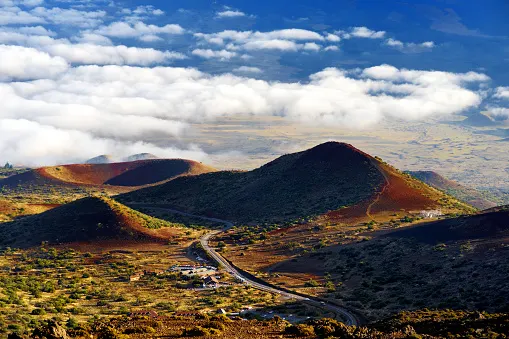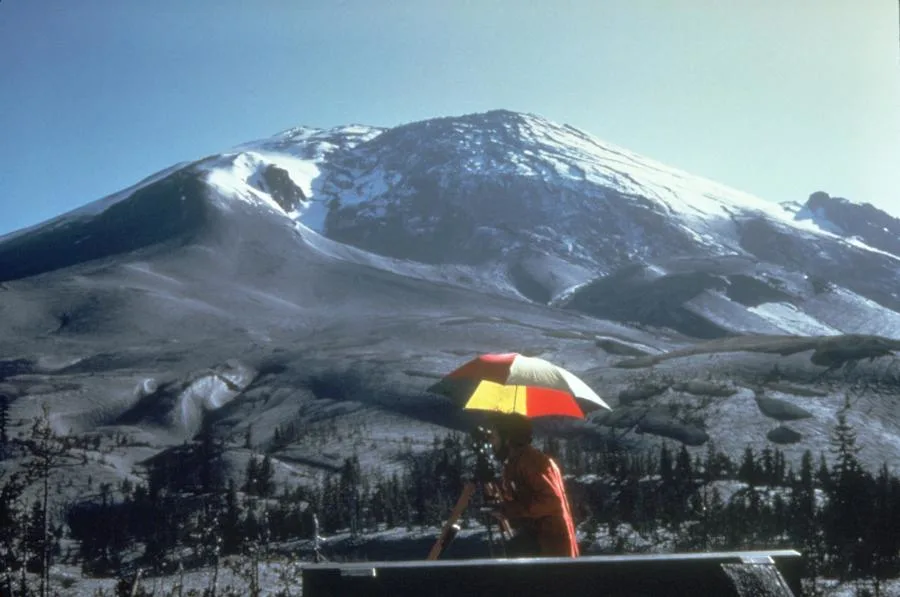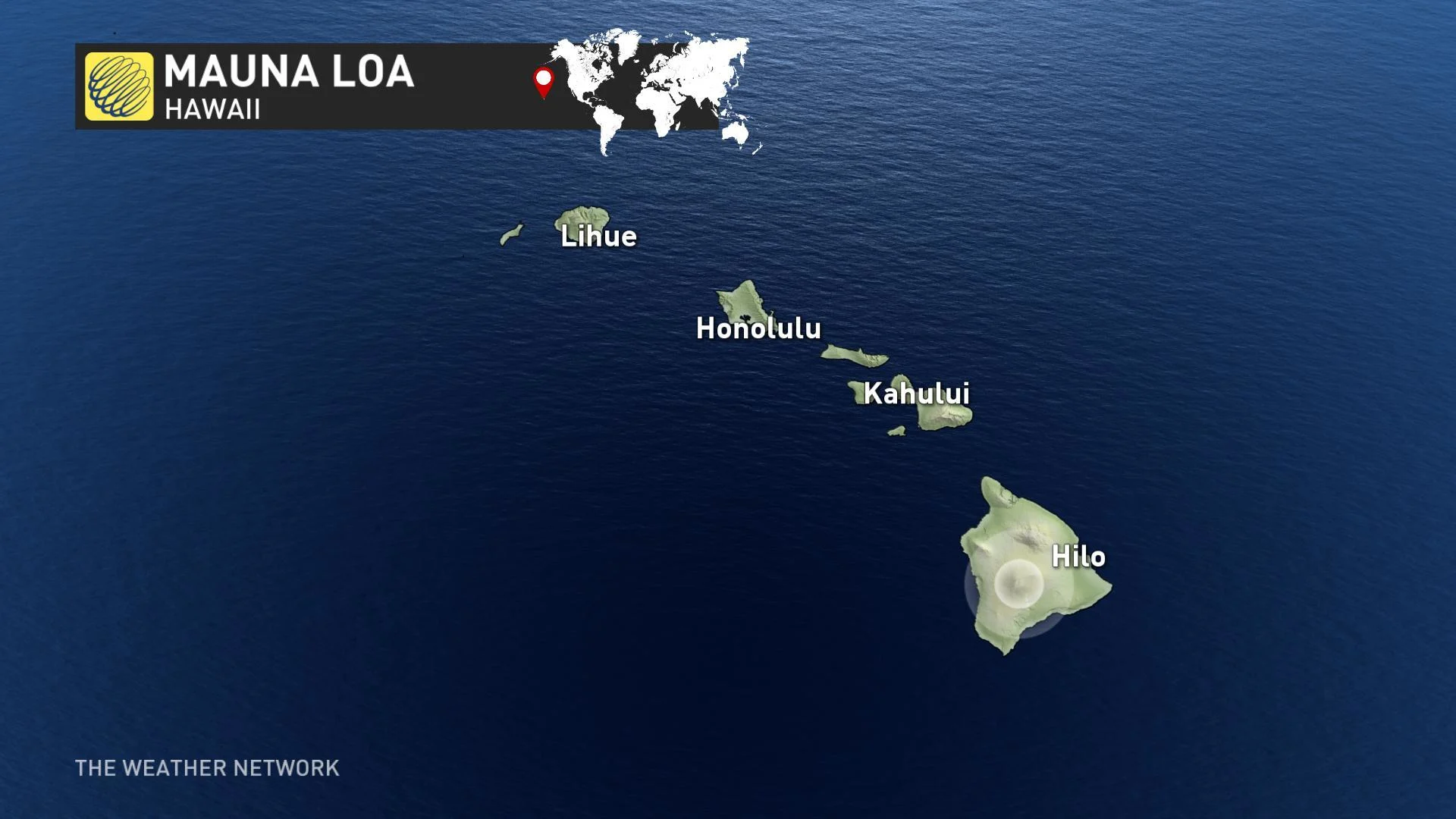
Alert level raised for world's largest active volcano
The U.S. Geological Survey (USGS) announced Tuesday they were raising the alert level for Hawaii's Mauna Loa volcano to 'advisory' -- the second step on the four-step warning scale.
The change comes in the wake of continued earthquakes -- about 50 per week -- that have persisted following a swarm of earthquakes that rocked the region in October 2018. While the earthquakes are shallow and small in magnitude, the USGS says they are in similar locations to ones that preceded Mauna Loa's most recent eruptions in 1975 and 1984.
Another factor raising volcanologists' concerns is a different kind of ground movement -- in this case, the shifting of the surface itself. Tracking devices, including satellite observations, have seen ground deformation the Hawaii Volcano Observatory calls "consistent with renewed recharge of the volcano's shallow magma storage system." Changes to the ground surface of a volcano are a key indicator of what's going on beneath the surface. Frequently these changes aren't very big -- even a shift as small as a few centimetres can indicate changes in magma or gas within the volcano system.

An example of volcano ground deformation, a "bulge" grew on the north side of Mount St. Helens before its infamous eruption in 1980. In the days leading up to the eruption, the bulge was growing at a rate of 1.5 metres per day. Image courtesy USGS.
RELATED: Massive eruption sends volcanic ash streaming toward North America
"As has happened before, it is possible that current low-level unrest will continue and vary in intensity for many months, or even years without an eruption," said the volcano observatory. "It is also possible that the current unrest is an early precursor to an eventual eruption."
While the observatory emphasizes that an eruption is not imminent, there is good reason to be cautious with Mauna Loa, given its past history of "evolving very quickly", USGS geophysicist Ingrid Johanson told the Associated Press in June.
"Lava can go from the rift down to the ocean on the west side of Mauna Loa on the order of a couple hours," Johanson said. "The rate of the eruption is just really fast."
Tuesday's release from the volcano observatory echoes this sentiment, saying that while they expect that the days or weeks prior to an eruption would show increased signs of activity, it's possible the timeframe to eruption could be much shorter -- on the order of "hours to days."
The HVO also stated all communities on the flanks of the volcano should "be prepared."

SEE ALSO: Kilauea creates new island
Mauna Loa takes up more than half of Hawaii's Big Island, which it shares with four other volcanoes. Among them is the smaller but more active Kilauea, which erupted from May to September last year, destroying more than 700 homes and creating about a mile of new land in Kapoho Bay.
Sources: USGS | Reuters | Associated Press |










